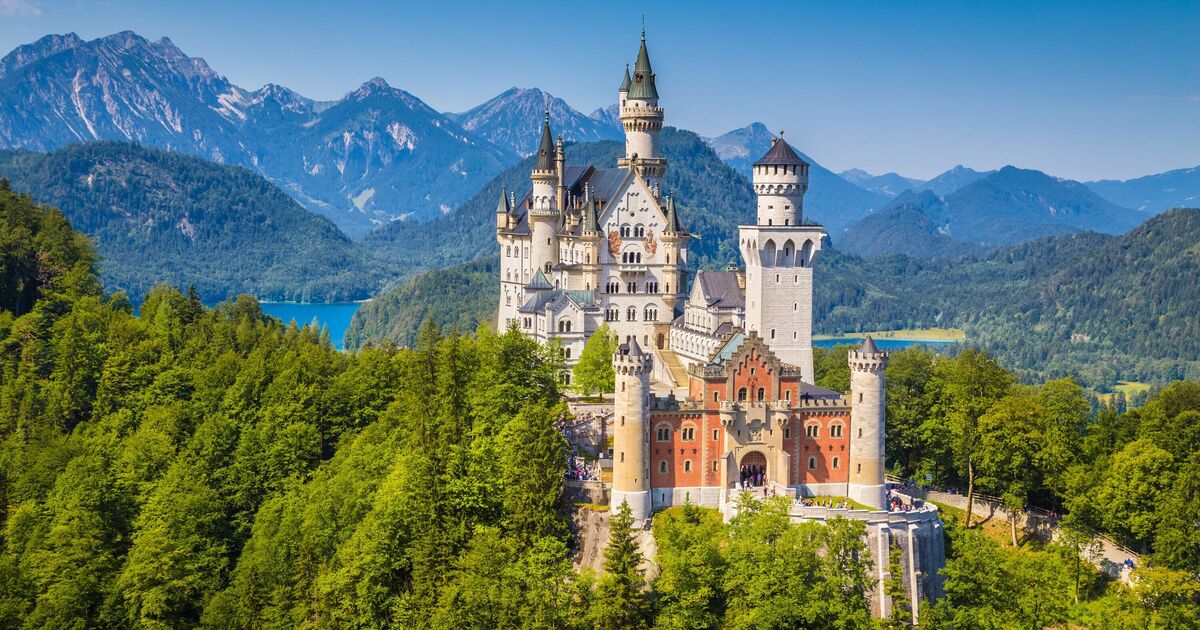UNESCO has announced 26 breathtaking new World Heritage sites, and one of them stands out with its gorgeous surroundings fairytale-like wonder. The organisation adds to the list areas of the globe it thinks hold “outstanding value to humanity” by combining the preservation of human history, nature, and culture.
After its 47th session at its Paris HQ, UNESCO unveiled its brand new locations, with one of them just a few hours from the UK. Germany’s Bavarian Palaces of King Ludwig II have been opened to the public as museums since his death in 1886, preserving them for over 100 years. Linderhof, Schachen, Herrenchiemsee, and Neuschwanstein served as personal retreats for the king, combining Romantic Era architecture with the buildings’ natural surroundings.
They are known for their unique blend of historicist styles, drawing inspiration from various sources like the Wartburg Castle, Versailles, and Wagnerian operas, and their integration into stunning natural landscapes.
Neuschwanstein Castle, arguably the most famous, is a dramatic hilltop palace famous for its Romantic architecture and fairytale-like appearance. It is one of Germany’s most photographed sites and a popular tourist destination.
Herrenchiemsee Palace is a massive complex on an island in Lake Chiemsee. It was designed as a homage to King Louis XIV and the concept of absolute monarchy, but was never fully completed.
Schachen Hunting Lodge is a unique chalet-style building in the Bavarian Alps, built for Ludwig II’s private use and featuring an opulent, Turkish-inspired reception hall.
Lastly, Linderhof Palace, the smallest, is a Rococo-style palace inspired by the Palace of Versailles, and is the only one Ludwig II saw completed.
UNESCO says: “This serial property consists of four grand palace complexes in Bavaria’s alpine region, built under King Ludwig II between 1864 and 1886.
“Designed as personal retreats and imaginative escapes, they reflect the romantic and eclectic spirit of the era.
“Drawing inspiration from the Wartburg Castle, Versailles, German fairy tales, and Wagner’s operas, the palaces showcase historicist styles and advanced 19th-century techniques.
“Carefully integrated into stunning natural landscapes, they embody Ludwig’s artistic vision. Opened to the public shortly after his death in 1886, these sites are now preserved as museums and remain major cultural landmarks.”

